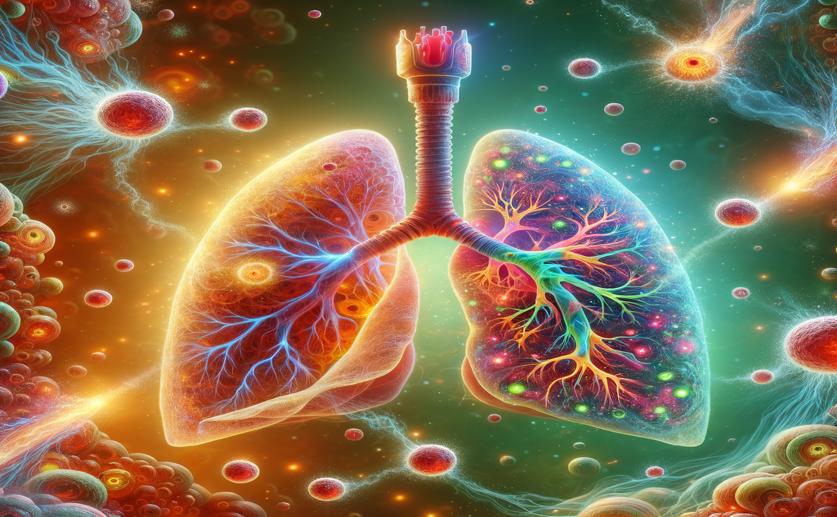
Natural Compound Reduces Lung Injury by Modulating Key Cellular Pathways
Jim Crocker
13th June, 2024

Image Source: Natural Science News, 2024
Key Findings
- The study by Hebei Agricultural University found that glycyrrhizin (GLY) significantly protected against lung injury caused by BoAHV-1 in guinea pigs
- GLY treatment reduced pro-inflammatory cytokines and decreased the BoAHV-1 viral load in the lungs
- GLY enhanced lung antioxidant capacity and inhibited pathways involved in inflammation and oxidative stress
References
Main Study
1) Glycyrrhizin alleviates BoAHV-1-induced lung injury in guinea pigs by inhibiting the NF-κB/NLRP3 Signaling pathway and activating the Nrf2/HO-1 Signaling pathway.
Published 12th June, 2024
https://doi.org/10.1007/s11259-024-10436-7
Related Studies
2) Suppression of NF-κB signaling by Pseudorabies virus DNA polymerase processivity factor UL42 via recruiting SOCS1 to promote the ubiquitination degradation of p65.
3) The Modified JiuWei QiangHuo Decoction Alleviated Severe Lung Injury Induced by H1N1 Influenza Virus by Regulating the NF- κ B Pathway in Mice.
4) Hydrolyzed camel whey protein alleviated heat stress-induced hepatocyte damage by activated Nrf2/HO-1 signaling pathway and inhibited NF-κB/NLRP3 axis.
5) Evaluation of total oxidative stress and total antioxidant status in cows with natural bovine herpesvirus-1 infection.



 16th May, 2024 | Greg Howard
16th May, 2024 | Greg Howard